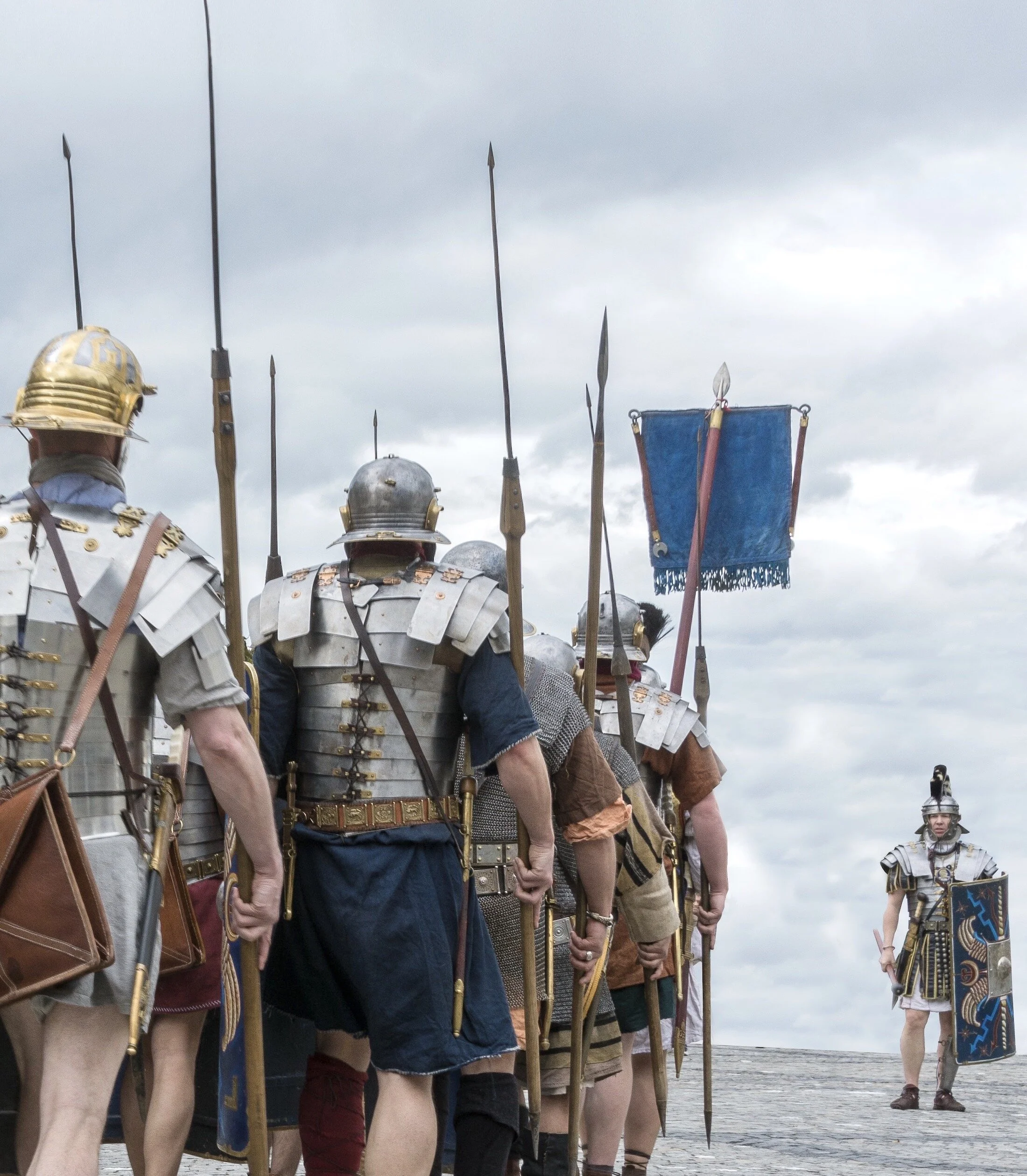Models of Teaching
There is an abecedarian ignorance that precedes knowledge, and a doctoral ignorance that comes after it.
– Michel de Montaigne
The pandemic has forced me to become more involved in the education of my children, which is probably something I’ll look back and be grateful for (after the burnout wears off). Contrary to what some people assume, I don’t homeschool: we are committed to the public school system for missional reasons, and I still work part of the week. In principle, I enjoy teaching and want to be involved in what the kids are learning—in reality, what and how well they’re learning at school is not always that transparent. But then COVID happened, and it all got real clear, real fast. And I was reminded of how challenging teaching can be.
Forty years ago, Alison King wrote an article entitled, “From Sage on the Stage to Guide on the Side,” a phrase which became popular in the ongoing debate between traditional and constructivist models of education. The traditional model (“sage on the stage”) is teacher-centric, viewing knowledge as an objective body of facts which is delivered through lectures and tested through retrieval and memorization. The constructivist model (“guide on the side”) is student-centric, viewing knowledge as a subjective construction of the student, who takes a more active role as participant in the learning.
One of the conceptually helpful distinctions these models make is between information and knowledge. Information, or what some call “declarative knowledge,” are data and facts. Knowledge, or “operative knowledge,” is information that is acted upon, contextualized, imbued with purpose, made sense of, related to life, used to seek more understanding, distinguished from what is irrelevant. As Matthew Lipman describes:
Declarative knowledge consists of facts; operative knowledge involves understanding where the declarative knowledge comes from and what underlies it. Operative knowledge also involves the capacity to use, apply, transform or recognize the relevance of declarative knowledge in new situations.
In reality, teaching involves both traditional and constructivist methods. When the kids aren’t coming in with much prior knowledge, or when the content just needs to be automated, traditional is the way to go. But clearly, a constructivist approach needs to occur as well—and that’s often my struggle. I tend to expect the process to behave like a linear equation: input facts, output operative knowledge. But it never works like that. The facts may need to be repeatedly explained, many times over long periods of time. They may need to be worked into problems and experiential applications.
“To say that we live in an unprecedented age of information is merely to say that we have available more statements about the world than we have ever had. This means, among other things, that we have available more erroneous statements than we have ever had.”
In the end, guiding learning is a lot harder than just transferring facts. It’s often more step-wise than linear. It requires enormous amounts of patience and insight. But it’s what will serve my kids in the end: because they will find themselves in a world of information overload. Getting information won’t be the problem. What they’ll need is the critical thinking, context, values, discernment and skills to process and apply that information well.
And I’m learning along with them, a perspective some have termed “meddler in the middle.” I’m making the content operative for myself. I’m coming alongside more as co-learner than anything else, sometimes making as many or more mistakes as they do in the process. I must be as patient with myself as I am with them; as humble in the face of what I don’t know as I ask them to be; as willing to try again as I hope they are. My attitude towards learning, my beliefs about why we learn and how we do it, will be evident to them through my own example more than anything else.






